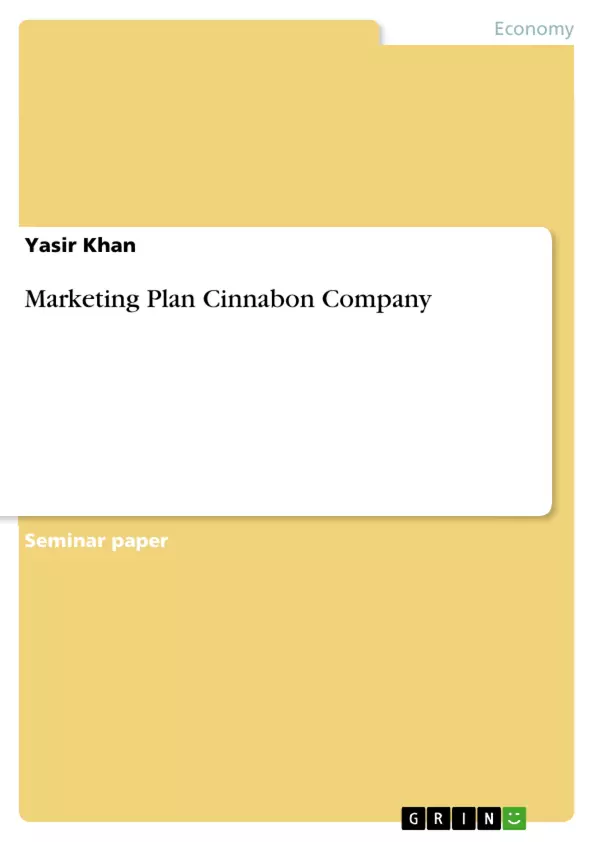Presence of a well-designed marketing plan holds a pivotal position for the success of any product or service supplied in the market. It entails all the necessary arrangements ranging from the 4 Ps of marketing management to overall management of the products involved. The paper tends to bring forward the goals and objectives of marketing for the company, while also analyze the overall marketing strategy of the company. Nevertheless, coming up with a well-structured marketing plan is a way more challenging job, which is easier said than done. It can be considered as the backbone of profit making for any business, and ensures its long-term survival within a market. With the simultaneous transitions in global business practices, market trends, consumer behavior and Information and Communication Technology, survival in within a highly competitive market is becoming more and more difficult. In order to cope with these rising challenges, scholars and researchers have devised several analytical tools that enable a great deal in establishing a profit-yielding marketing plan.
This marketing plan has been developed for the Cinnabon Company’s signature Cinnamon Rolls. It tends to bring forward the marketing strategies, underlying problems and their potential solutions for the product. It aims at establishing a comprehensive marketing plan for the company, whereby a complete situation analysis is conducted which is followed by the determination and identification of the company’s marketing goals and objectives; and the difference between the two from the perspective of Cinnabon Inc.
Furthermore, the paper highlights the company’s key strengths and weaknesses, opportunities and threats, while elaborating a complete marketing plan is expected to be developed for the company.
Table of Contents
- EXECUTIVE SUMMARY
- About the Company
- Situation Analysis
- Internal Environment Analysis
- The Challenge of Internal Environment Analysis
- Customer Environment Analysis
- SWOT Analysis of Cinnabon
- Marketing Goals
- Marketing Objectives
- Marketing Strategy
- Marketing Implementation
- Evaluation and Control
- References
Objectives and Key Themes
This marketing plan provides a comprehensive analysis of Cinnabon's marketing strategies, identifying key challenges and potential solutions for its signature cinnamon rolls. It aims to establish a robust marketing plan for the company, encompassing a thorough situation analysis, the determination of marketing goals and objectives, and the differentiation between these two aspects from Cinnabon's perspective.
- Comprehensive marketing plan development for Cinnabon's cinnamon rolls
- Situation analysis, including internal and external factors
- Identification and analysis of Cinnabon's strengths, weaknesses, opportunities, and threats
- Formulation of marketing goals and objectives
- Development of a marketing strategy and implementation plan
Chapter Summaries
The "About the Company" chapter provides an overview of Cinnabon's history, growth, and current operations, highlighting its global presence and product offerings. The "Situation Analysis" chapter delves into the internal and external environment, examining factors such as internal environment analysis, the challenges of internal environment analysis, and the importance of customer environment analysis. The "SWOT Analysis of Cinnabon" chapter analyzes the company's strengths, weaknesses, opportunities, and threats, providing a comprehensive understanding of its competitive position.
Keywords
This marketing plan focuses on key concepts such as marketing strategy, situation analysis, SWOT analysis, marketing goals and objectives, implementation, and evaluation. It examines the competitive landscape of the restaurant and food-service industry, highlighting the importance of brand recognition, distribution networks, and customer environment analysis.
- Quote paper
- Yasir Khan (Author), 2014, Marketing Plan Cinnabon Company, Munich, GRIN Verlag, https://www.grin.com/document/286788



